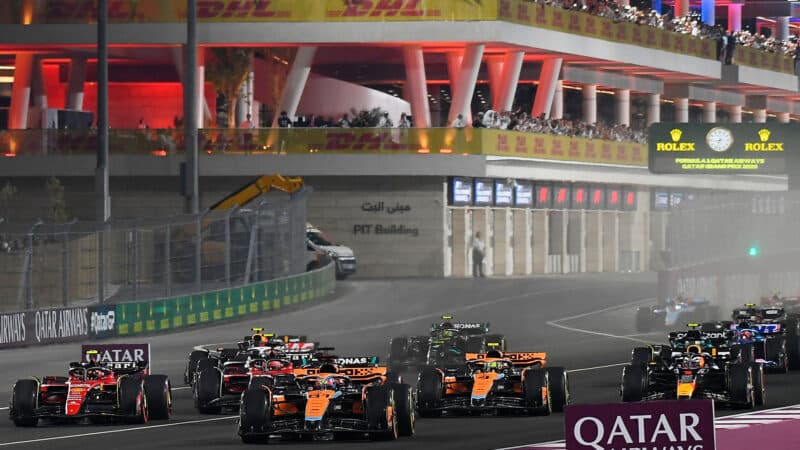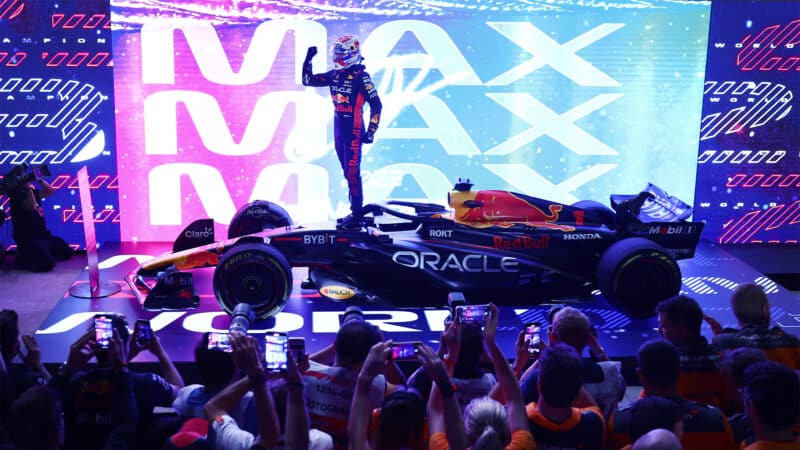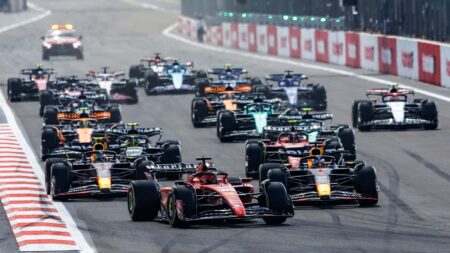All ideas are open for consideration, apparently. That’s a good start. It means the old chestnut of reverse grids could be on, along with big prize money and perhaps a standalone sprint championship so the short races have no impact on the main title battle (if there is one). But before we get into all of that, for me, the scheduling is the first problem to tackle. The sprints take place on the wrong day.
Fridays at grands prix are the days that need revamping, not Saturdays. Running GP qualifying on Friday afternoons at sprint race weekends doesn’t really work. It happens with the normal three-part structure, building to a crescendo in Q3 and you find out who’s on pole – then have to park that narrative for a whole day while the sprint becomes the focus on the Saturday. It’s disjointed and counter-intuitive.
Shelling out £119 for a Friday general admission ticket at Silverstone next year is an awful lot for a pair of free practice sessions that might well end up a wash-out. But for what would amount to a standalone race meeting it suddenly looks far better value – and certainly easier to justify skiving off work. A morning free practice session, sprint qualifying at lunchtime and the sprint itself to wrap up the day? Yes, that sounds like fun. Then Saturday remains all about qualifying for the grand prix, leading into the big day itself.
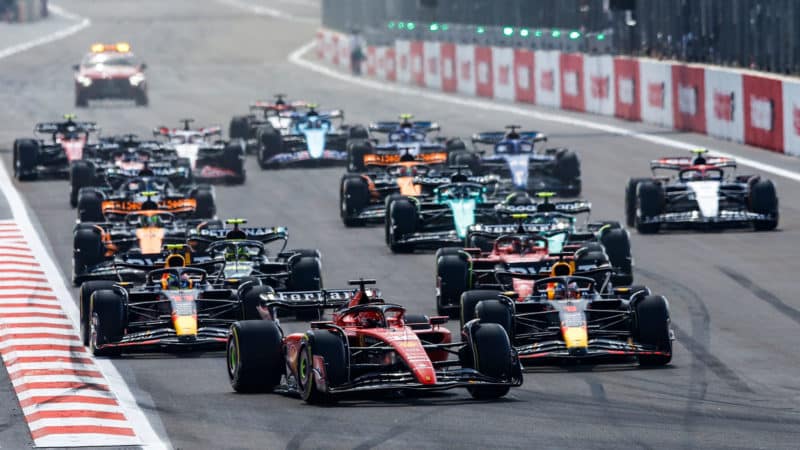
The 2023 Azerbaijan Grand Prix sprint failed to live up to its billing from F1 — could a format shake-up save it?
Getty Images
OK, so we’ve moved it to Friday. Now what do we do with it? If we’re committed to this concept – which as we’ve established, we are whether we like it or not – let’s go all in. Yes, let’s create a standalone sprint championship. Perhaps call it an FIA Sprint Cup to sidestep full-blown world championship status, and pack it with points-scoring opportunities, not just for the race but for qualifying too. We’ll need that incentive to avoid sandbagging for the reverse grids.
Yup, let’s go for them too. Forget Toto Wolff piously turning his nose up at gimmicks. Let’s face it, the F1 purity ship sailed long ago! If this thing is about callow entertainment, let’s go the whole hog. Reverse the lot of them, not just the top 10. Maybe add some points for places made up in the race too.
Big prize money? Why not? If a sponsor wants to put up the cash, who are we to stop those F1 types earning a dollop extra… Or rather, the sprint fund could all be for charity, tuned specifically to a cause that is directly relevant to the local region. F1 racers competing for something noble? Now we are getting silly.
Ideally, at this point I’d give reserve and development drivers a chance to race – although I appreciate that in terms of promotion it’s Verstappen, Hamilton and the rest the crowd will pay to see rather than relative unknowns still clawing their way up the ladder. So why not regulate that the teams must play two jokers for the six sprint races. The top-line stars can only score in four rounds of the FIA Sprint Cup, and the teams must allocate at the start of the year the races where they stand them down in place of the reserves. Then when, say, Ryo Hirakawa steps into Lando Norris’ McLaren for a Friday sprint, Lando sits on the pitwall as mentor, helping ‘his’ driver via the radio. Now that would make for good TV.
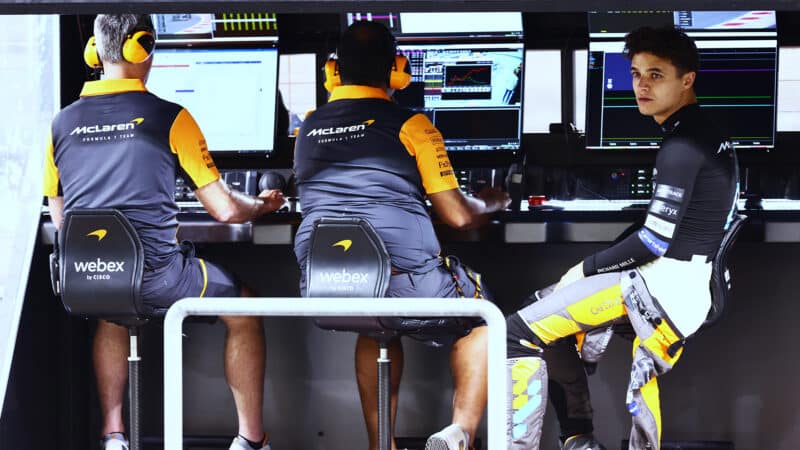
F1 drivers turned race engineers? It would certainly make for good viewing
Getty Images
There is a serious point behind the reserve driver idea. The heavy restrictions on testing in modern F1 are there for sound reasons, but the side-effect of severely limiting seat time for young test drivers is unfortunate. Yes, there are simulators – but let’s not pretend that’s the same as real track time.
